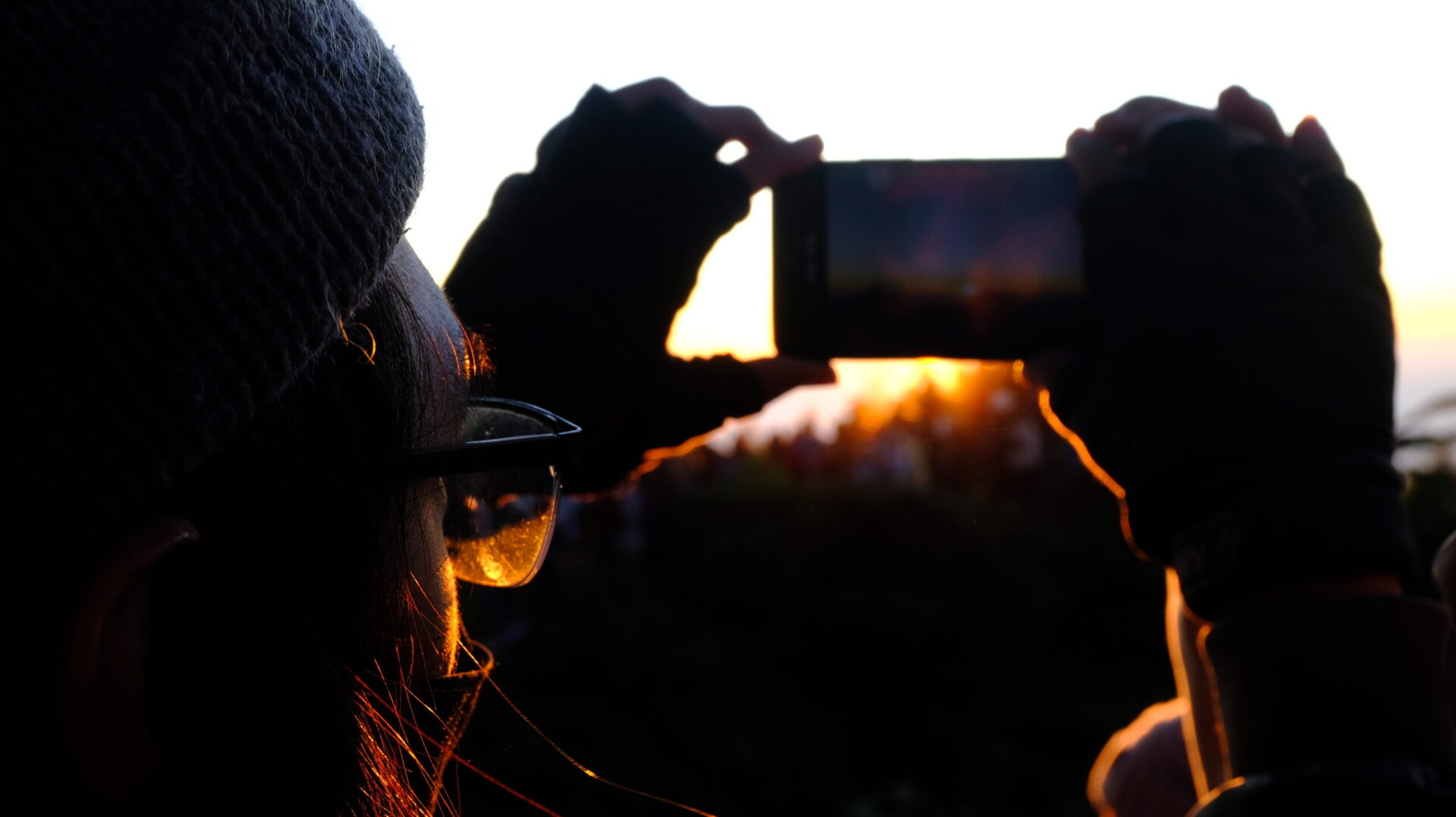What are they?
Imagine your camera as a box that captures light. The amount of light entering this box determines how bright or dark your photo will be. The exposure triangle is a concept that explains the three main elements that work together to control the amount of light reaching your camera’s sensor: aperture, shutter speed, and ISO. These three elements are interconnected and influence each other.
Why is it important to understand these three elements?
By mastering aperture, shutter speed, and ISO, you can:
- Control depth of field: Create a blurred background (bokeh) or keep everything in focus.
- Freeze or blur motion: Capture fast-moving subjects or create motion blur effects.
- Shoot in different lighting conditions: Overcome underexposure or overexposure.
- Set the mood of your photos: Create dramatic or soft atmospheres.
Aperture
Aperture is the opening in your lens that controls the amount of light entering the camera. It’s measured in f-numbers (e.g., f/1.4, f/2.8, f/5.6). A lower f-number means a larger aperture.
- Depth of Field: A wide aperture (low f-number) creates a shallow depth of field, blurring the background. A narrow aperture (high f-number) gives you a deep depth of field, keeping everything in focus.
- Uses:
- Portrait photography: Use a wide aperture (e.g., f/1.8) to isolate your subject from the background.
- Landscape photography: Use a narrow aperture (e.g., f/11) to ensure everything is sharp.
Shutter Speed
Shutter speed is the length of time your camera’s shutter is open. It’s measured in seconds or fractions of a second (e.g., 1/100 second, 1/2 second).
- Freezing or blurring motion: A fast shutter speed (e.g., 1/1000 second) freezes motion, while a slow shutter speed (e.g., 1/2 second) creates motion blur.
- Uses:
- Sports photography: Use a fast shutter speed to freeze action.
- Night photography: Use a slow shutter speed with a tripod to capture light trails or star trails.
ISO
ISO measures your camera sensor’s sensitivity to light. A higher ISO means your sensor is more sensitive, but it also introduces more noise (grain) into your image.
- Low ISO: Produces cleaner images with less noise but requires more light.
- High ISO: Allows you to shoot in low-light conditions but introduces more noise.
The Exposure Triangle
These three elements are interconnected. Changing one will affect the others. For instance, if you decrease your aperture to create a shallow depth of field, you’ll need to increase your shutter speed or ISO to maintain the same exposure.
In summary:
- Aperture: Controls the amount of light and depth of field.
- Shutter speed: Controls the length of time the shutter is open, affecting motion blur.
- ISO: Controls the sensor’s sensitivity to light, affecting noise levels.
By understanding and mastering these three elements, you’ll have complete control over the exposure of your images and can create stunning photographs.

